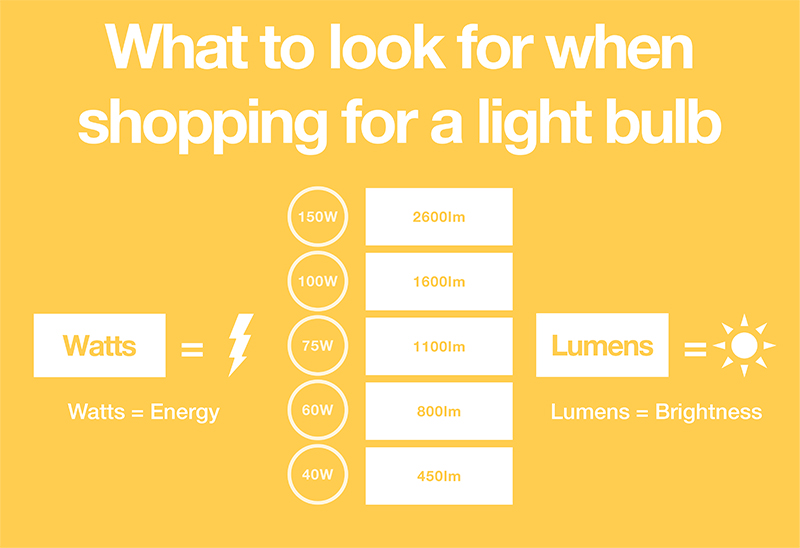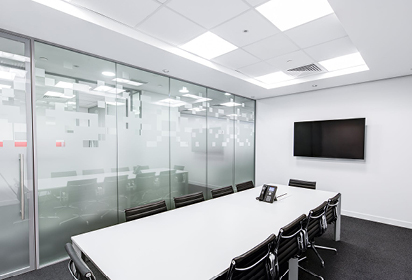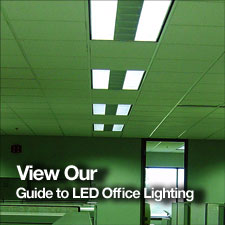Thinking about buying some new solar lights this winter but worried about how they’ll perform? Here are some top tips for getting the most from your solar lights when sunlight is limited.
How solar lights work:
Solar lights function by absorbing natural daylight via a panel of photovoltaic cells, which is then converted into electrical current by way of a rechargeable solar battery. The panels conserve the sun’s energy throughout the day, charging the battery in the light, and then when night falls, a photoreceptor is able to detect the darkness and the light activates.
In using the sun’s renewable energy, solar lighting is an extremely energy-efficient light source, helping homes and businesses to reduce their carbon footprints – and their utility bills.
Do solar lights work in winter?
Whilst direct sunlight will provide the best conditions for solar products, as it is less diffused through clouds, solar panels actually use energy from daylight, not sunlight per se. This means, no matter what time of year, solar lights charge in exactly the same way – as long as the solar panel receives enough daylight to power up the batteries to a point that the light can function. But there are a number of differences between daylight in the summer and daylight in the winter which means you may not always get the same result.
Firstly, during the longer summer days, you could expect a solar panel to receive charge for as long as 12-14 hours, but in the winter, the days are much shorter, so this timeframe reduces significantly – sometimes to as little as six hours – and even then, the quality of those daylight hours is arguably weakened as there are typically more overcast days. Even on a cloudy or rainy day, the panels are still working hard, and there are three key ways to maximise the efficiency of solar lamps during winter:
1. How you position the solar panel
Whatever the season, the sun will be at its strongest point at noon, so it is a good idea to position the panel to ensure that will receive the most charge during this time.
2. Remove obstacles
Light rays can become obstructed by shadows from buildings, bushes, and trees. Take some time to look around outside your premises to locate the most suitable position for your solar lamps, and clear blockages where possible.
3. Switch lights off during the day
A lesser known fact is that solar lights will continue to charge while turned off. To ensure maximised energy output, consider turning them off during daylight periods.
Choosing a solar light
Solar lights are available in a wide range of styles and can be used for many different purposes. For example, if there is a pathway to your premises that you want to illuminate, solar lamps can be faced downwards to mark the parameters. Solar spotlights mounted to the wall are an excellent way to enhance security, as they have a bright focused beam and can be adjusted to illuminate specific areas. And if you’re looking for a more ambient light or atmospheric feel to your outdoor space, soft accent solar lights dotted around outdoor spaces can be used to highlight a water feature, statue, or sign.
Lyco also stocks a wide range of solar powered floodlights and spotlights with built-in motion sensor (PIR) security features. A PIR ensures that the light only turns on when movement is detected nearby, preserving charge and ensuring that no energy output is wasted. To find out more about solar lights for your home or business, browse our wide selection here.

Charles Barnett Managing Director
Charles started Lyco in 1995 with just 4 enthusiastic employees and has grown it considerably over the past 25 years. Charles is also the Managing Director of Lighting Direct and newly acquired Online Lighting. He now has a team of 50 lighting experts working on growing Lyco Group to be the UK leader in lighting for both businesses and homes. Away from the office he is a keen cyclist and is proud to have cycled 1017 miles from Lands End to John O’Groats to raise money for a new residential centre for adults with multiple learning difficulties.
















 Eterna 8W Emergency Exit Box Sign
Eterna 8W Emergency Exit Box Sign